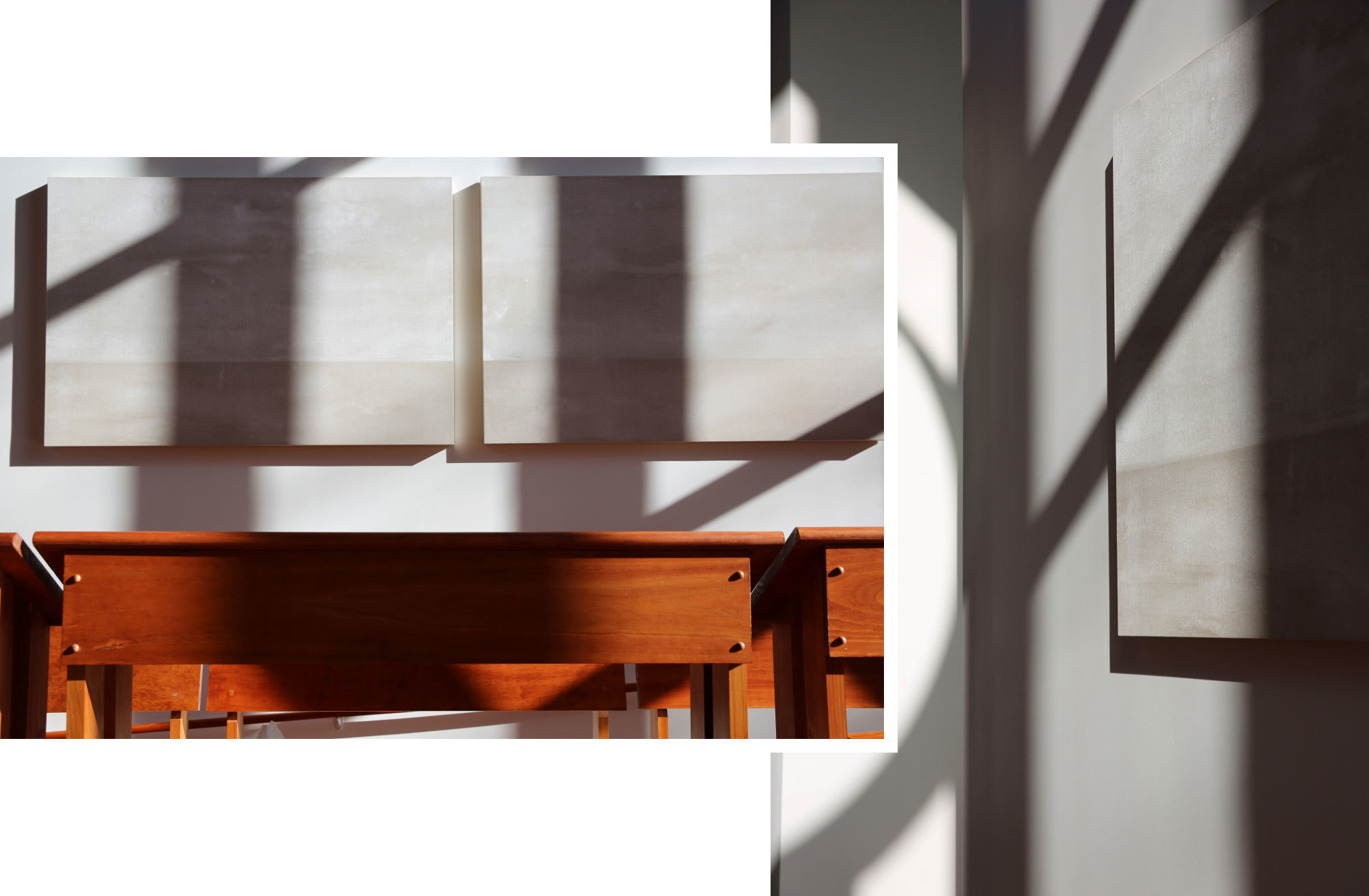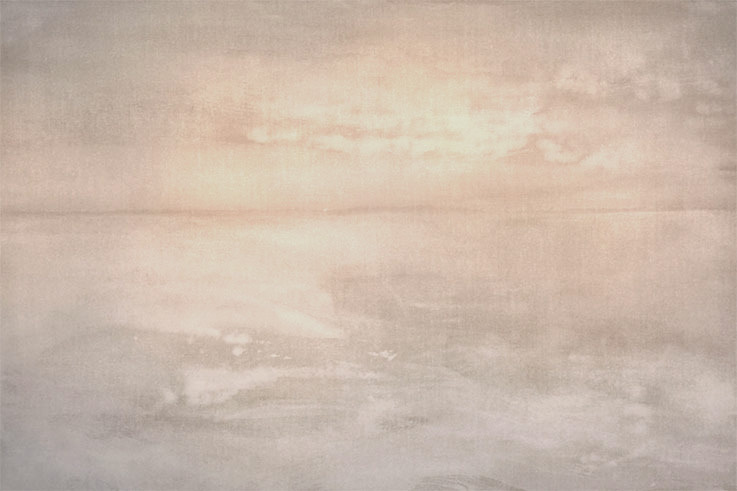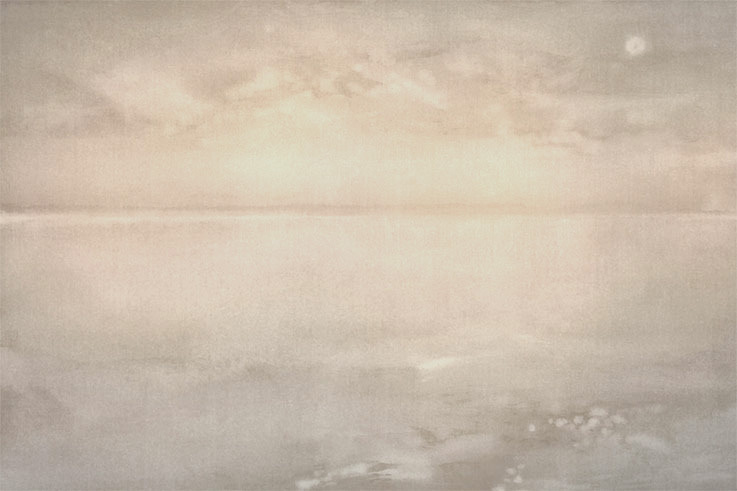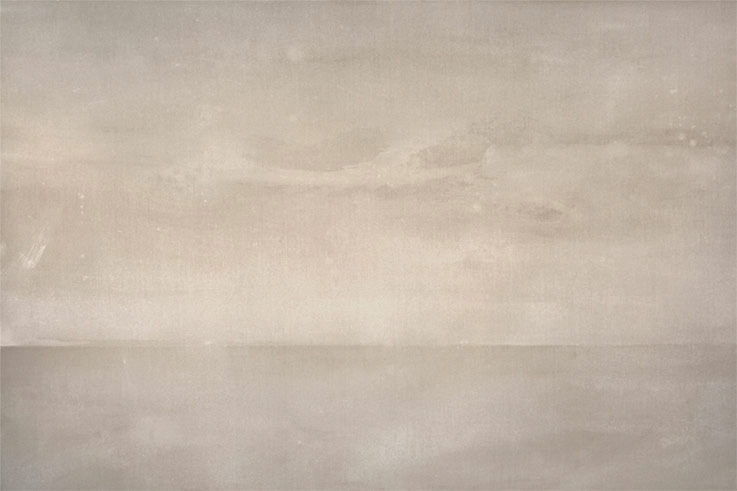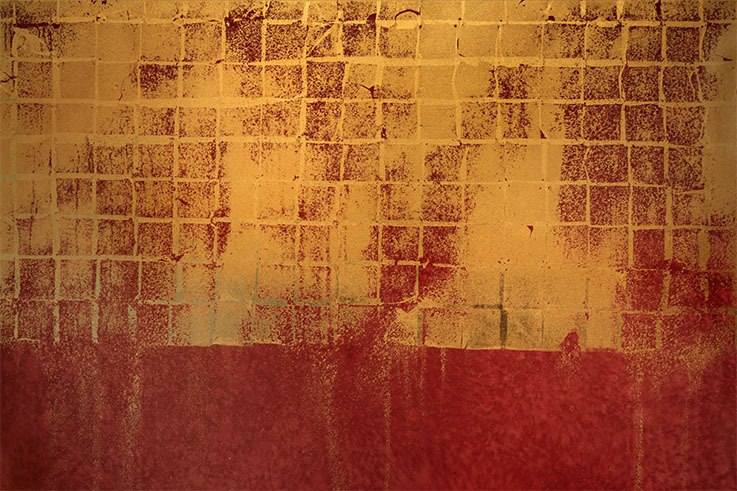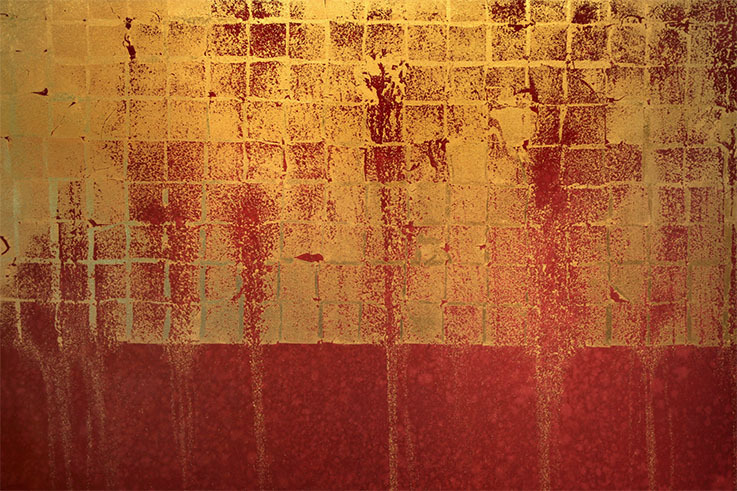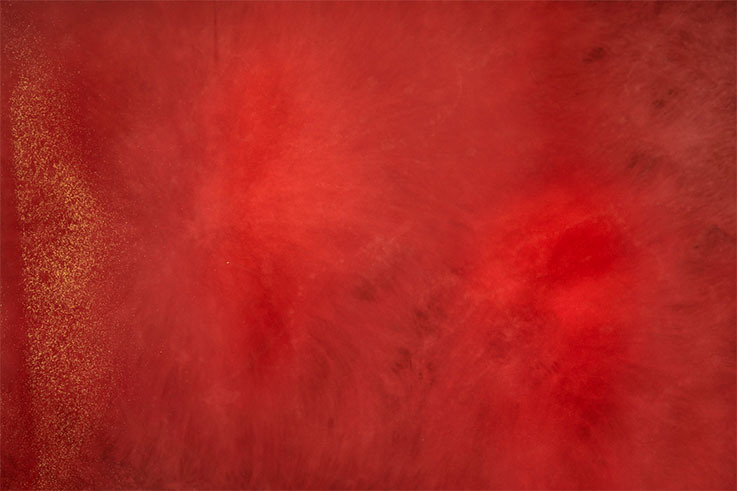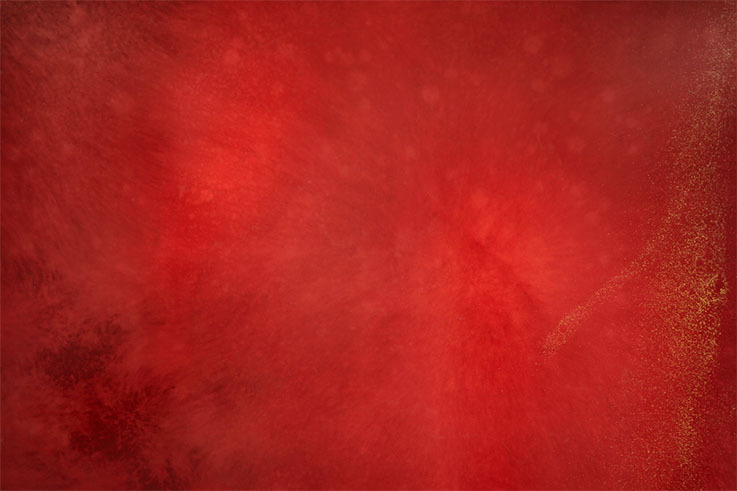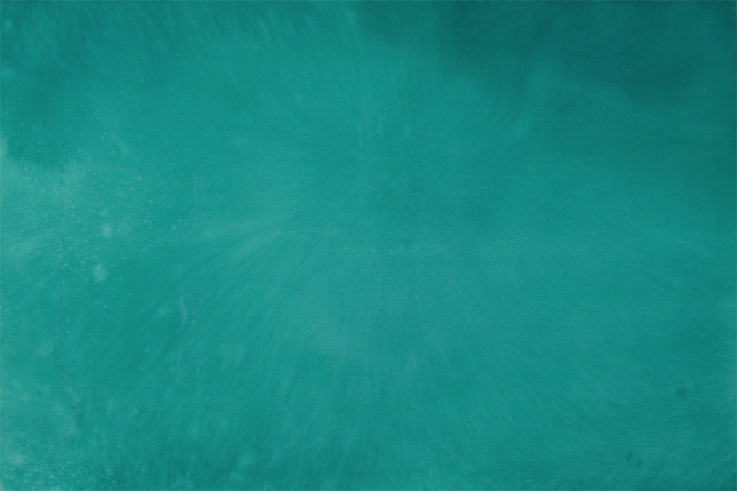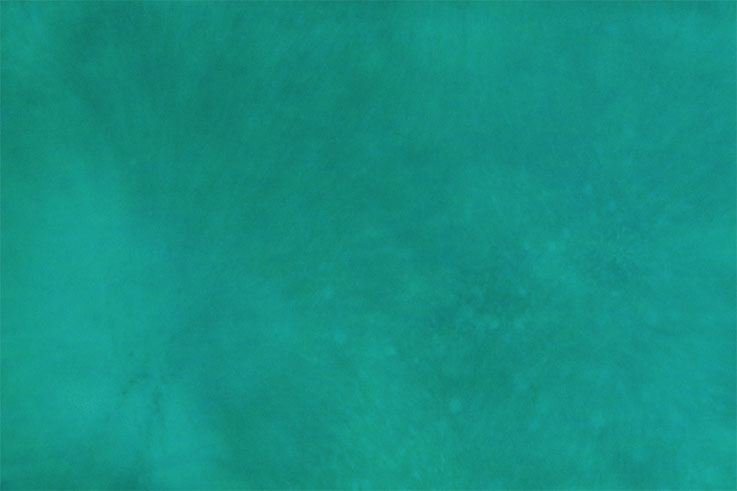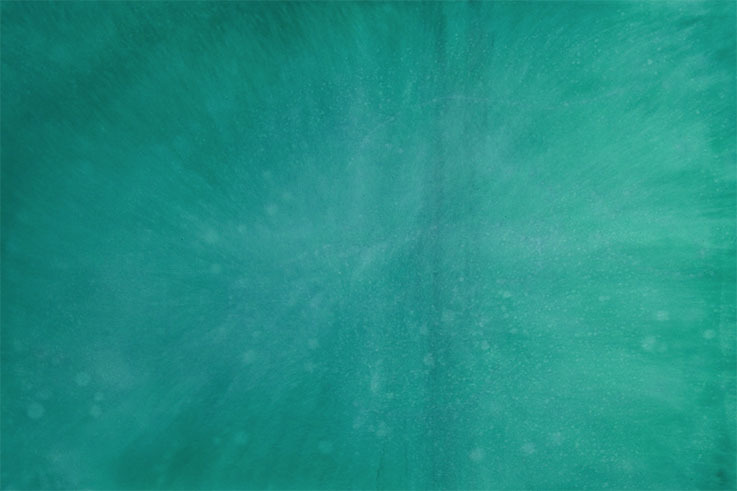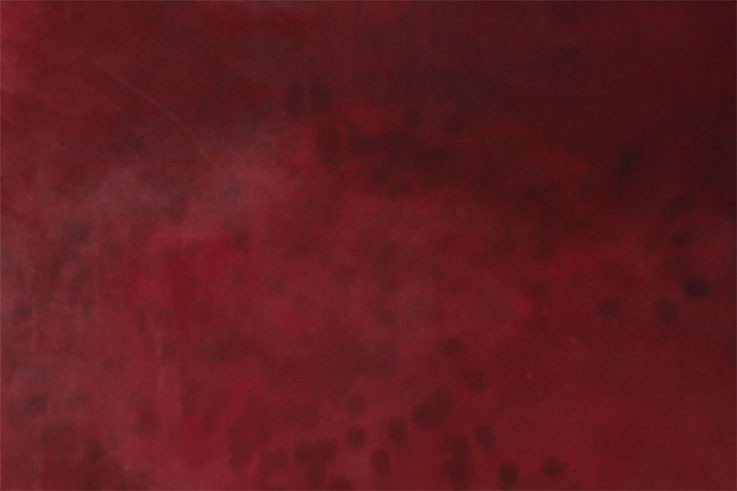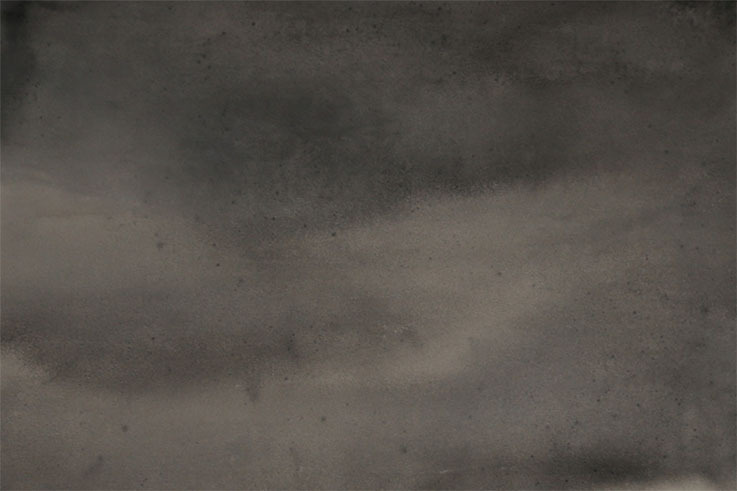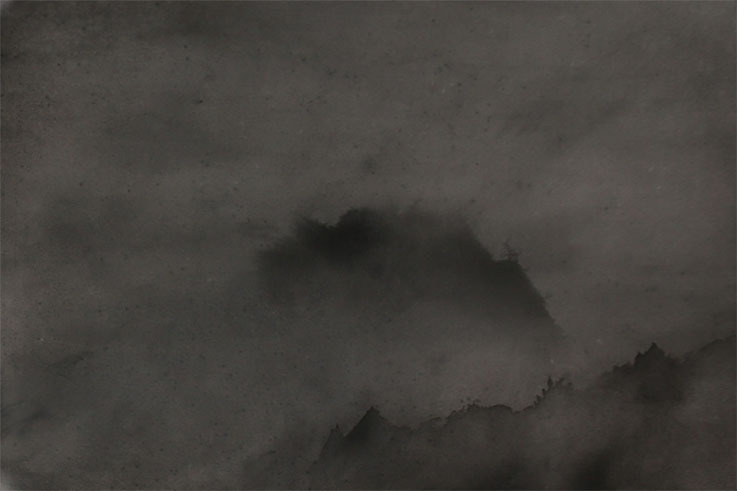Moses encounters God through a burning bush (Exodus 3). The bush is burning, yet it is not consumed. The Creator speaks through such a humble bush to give us the Decalogue and the design of the Tabernacle to Moses. God often speaks through paradoxes, communicating and communicating, even stooping down to God’s Creatures, to reveal “I AM” as God’s own name. Rabbi Shai Held, in our recent class on the Psalms at Duke Divinity School hosted by Dr. Ellen Davis, stated that this revelation in Exodus can be translated: “I will be with you always, as I am with you now”. In a smaller way, through the “burning bush”, the paradoxes of life, God can speak to us as well, to be fully Present in our lives. Our lives, too, are full of uncontrollable mystery, and just like Moses, we may be in exile as well. Our lives are to be marked with the paradoxes of trauma and joy, deep sorrow and unfathomable delights.
The arts can be that burning bush in our lives. The arts can become a Presence felt and encountered, even becoming a greater witness in our culture at large. The arts can be, on the other hand just like the burning bush, esoteric, enigmatic and mysterious; and yet through the test of time, the artist’s touch intuiting into that Holy Mystery, can be a conduit through which a community can speak to the world. The work that is created for the service of the church can remain even years after we cross the threshold of eternity, and thereby speaking to generations.
All Saint’s Liturgical paintings were painted between the fall of 2016 and the spring of 2017, as my offering to the church. I was privileged to be a new member of a church, allowed to respond to the newly constructed addition to the sanctuary. My desire began to be expressed as a conversation between Peter Travers, the leader of the Men’s Group, and Rector Hugh Brown, as I noticed the “empty” walls perfectly suited for such an offering. What ended up was four sets of paintings, creatively re-used at times during the liturgical year, diptych spanning 6 feet high and 12 feet in length each. The “cracks” in between can play a significant part in the installation, especially at Advent and at Easter.
Alyson LeCroy, then assistant and a photographer, captured both the process and the finished paintings, paintings that come alive during the morning or afternoon hours when the shafts of light enter the sanctuary. They are presented here.
The paintings are done on canvas or Belgium portrait linen on aluminum stretchers. I was highly aware of the need for the work to be lightfast (due to the sun), portable ease for the installation process, and durability. The materials used consists of a combination of 21st Century Space Age materials and 17th Century Japanese materials, now known as Nihonga materials of pulverized precious minerals and gold, as well as platinum.
